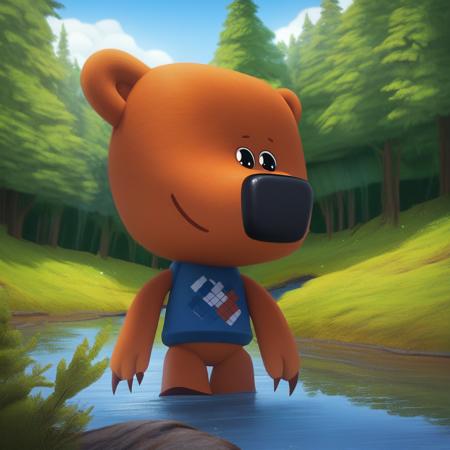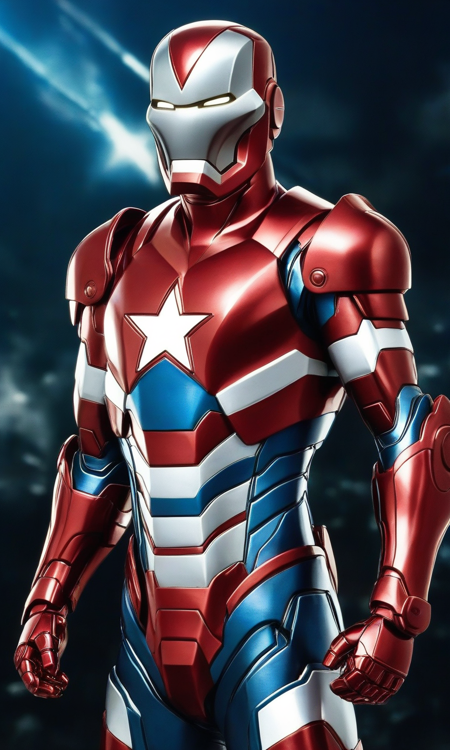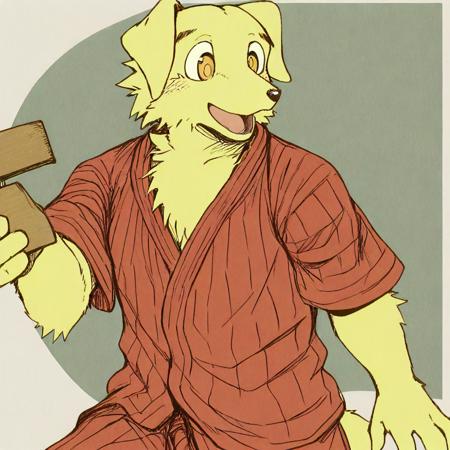
The art of miniature modeling emphasizes the art of misplacement. Deeply admiring the creative style of Sen-sei Tanaka, I trained this model so that even someone with clumsy hands like myself could have the opportunity to construct these miniature scenes.
These scenes place tiny figurines in real-life backgrounds to create small scenes that are fun, imaginative, and often humorous. They depict the interaction of the figurines with everyday objects.
Scale illusion: The contrast between the tiny figurines and everyday objects creates an illusion of scale, which is central to the effect of these scenes.
Situational narrative: Each scene tells a story, using the ordinary functions or associated properties of objects in the real world as the stage for a story. For example, the compartment of a wallet becomes a racetrack, or a cheese grater becomes the grill at a barbecue party.
Attention to detail: The positioning of the figurines is very detailed, suggesting credible movement and interaction in the context of the scene.
Light and composition: The lighting and composition of each photo are carefully designed to highlight the features of the scene, enhance realism, and attract the viewer's attention.
Creative perspective: The photographer uses perspective effects, usually shooting from typical angles as if the scene were actual size, thereby enhancing the illusion effect.
Texture contrast: Contrasting the smooth, uniform figurines with the varied textures of real-world objects (such as the roughness of biscuits or the softness of sponge cakes) creates a contrast that adds visual interest and depth.
Humor and irony: Many scenes contain humorous or ironic elements, attracting viewers with the novelty and ingenuity of small objects.
Color harmony: The colors in the scenes are usually harmonious, with figurines either complementing or standing out against the background, making the scenes visually pleasing.
This photography style is not only a form of creative expression but also a practice of seeing the world from different perspectives, where even the smallest and most common items can become canvases for storytelling.
I hope everyone will like this set of models. For specific images, please refer to my examples and learn the descriptive techniques.
Examples include:
Skiing in cotton, having a meeting on a circuit board,
Cotton balloons, racing on ribbons, fishing in a yarn river,
Pencil jungle, button skateboarding, dancing in a picture frame, ice cream Christmas tree.
微缩模型讲究的艺术的错位,深爱田中老师的创造风格,于是训练了这个模型,让手笨的我也有机会构建这些微缩场景,
这些场景通过将小型人偶置于现实生活中的背景下,以创造出具有趣味性、想象力和常常带有诙谐感的小场景,这些场景描绘了人偶与日常物品的互动,
-
尺度错觉:小人偶与日常物品之间的对比产生了尺度上的错觉,这是这些场景效果的核心,
-
情境叙事:每个场景都讲述了一个故事,利用现实世界中物品的普通功能或相关联的特性,将其变成一个故事的舞台,例如,钱包的夹层变成了一个赛道,或者是一个起司刨变成了烧烤派对的烤架,
-
细节关注:人偶的定位非常注重细节,以建议在场景上下文中的移动和交互是可信的,
-
光线与构图:每张照片的光线和构图都被精心设计,以突出场景的特征,增强现实感,并吸引观众的注意力,
-
创意视角:摄影师利用透视效果,通常从如果场景是实际大小时的典型角度拍摄,从而增强了错觉效果,
-
质感对比:将光滑、均匀的人偶与真实世界物体的多样质地(如饼干的粗糙或海绵蛋糕的软性)相对比,创造了增加视觉兴趣和深度的对比,
-
幽默与讽刺:许多场景包含幽默或讽刺元素,通过小物件的新颖性和巧妙性吸引观众,
-
色彩和谐:场景中的颜色通常是和谐的,人偶要么与背景相辅相成,要么在背景中脱颖而出,使得场景视觉上令人愉悦,
这种摄影风格不仅是一种创意表达,也是一种从不同视角看世界的练习,在这里,即使是最小、最常见的物品也可以成为讲故事的画布,
希望大家能够喜欢这套模型,具体出图,请参看我的图例,学习提示词描述方式
范例图中有:
在棉花中滑雪,在电路板上开会,
棉花气球,丝带上的赛车,棉线河里钓鱼,
铅笔丛林,纽扣滑板,画框中的舞蹈,冰淇凌圣诞树
描述:
训练词语: minihuman\(ttp\),miniature
名称: minihuman_SDXL_v2_loha-000016.safetensors
大小 (KB): 928414
类型: Model
Pickle 扫描结果: Success
Pickle 扫描信息: No Pickle imports
病毒扫描结果: Success
























